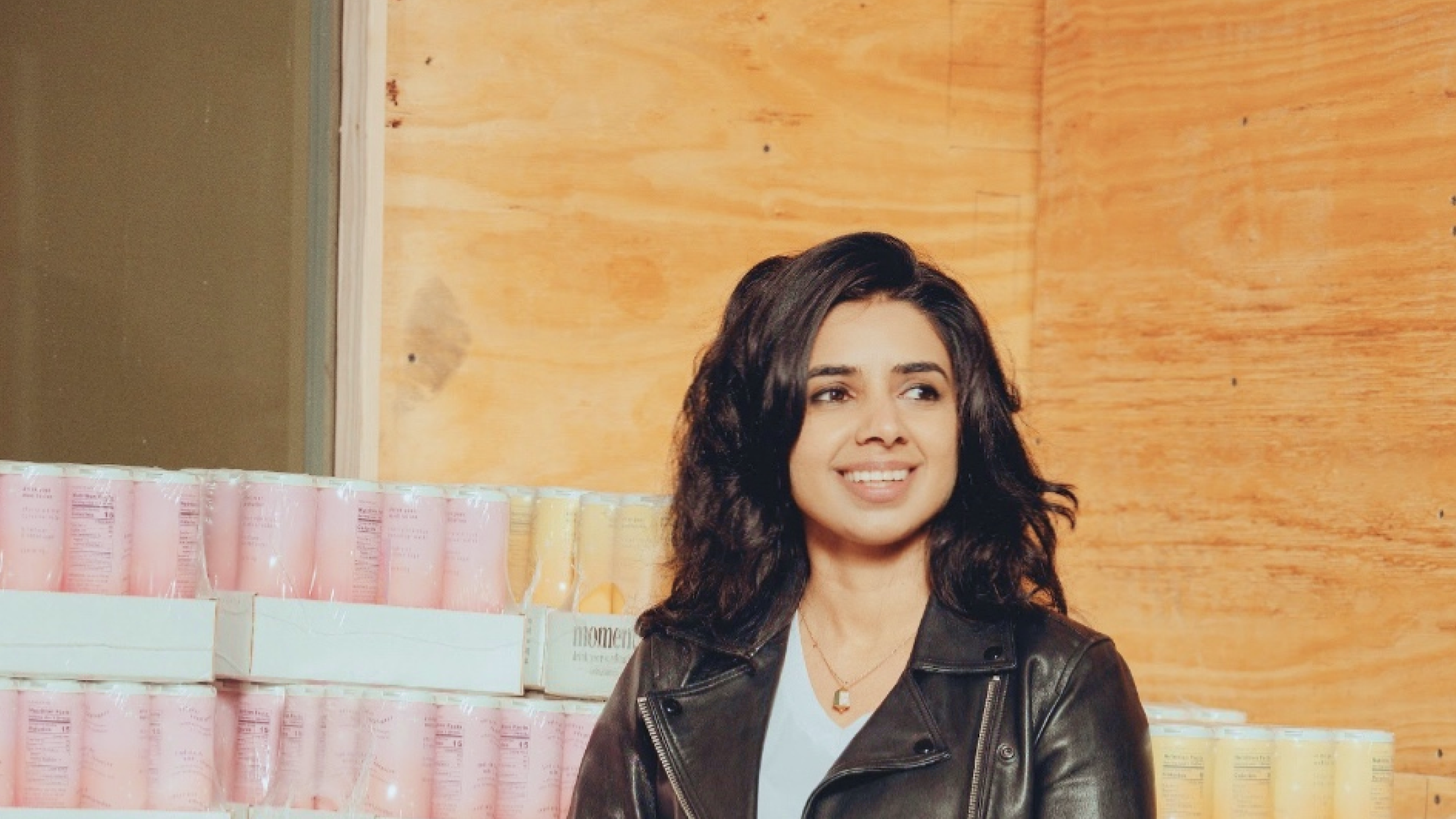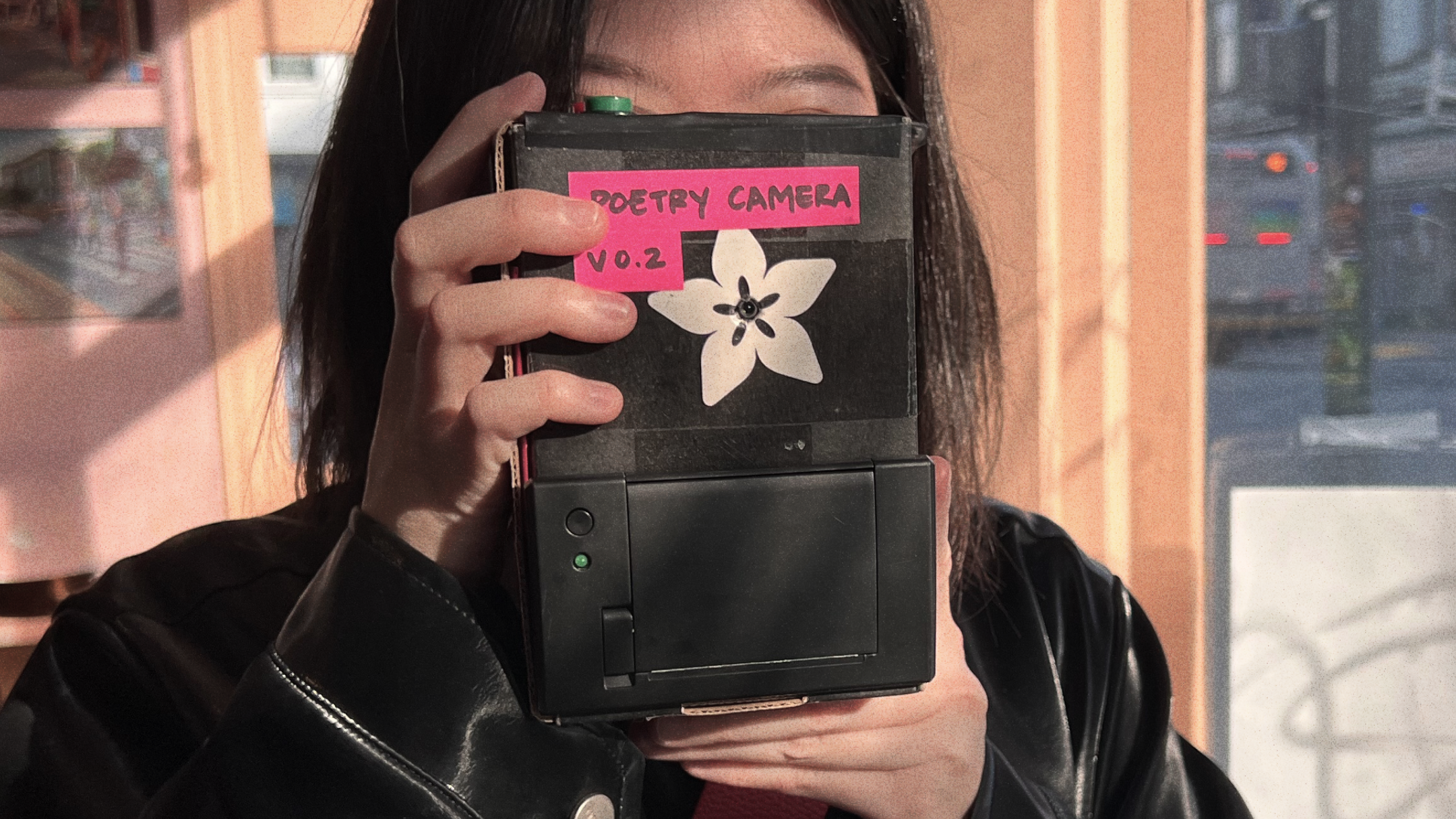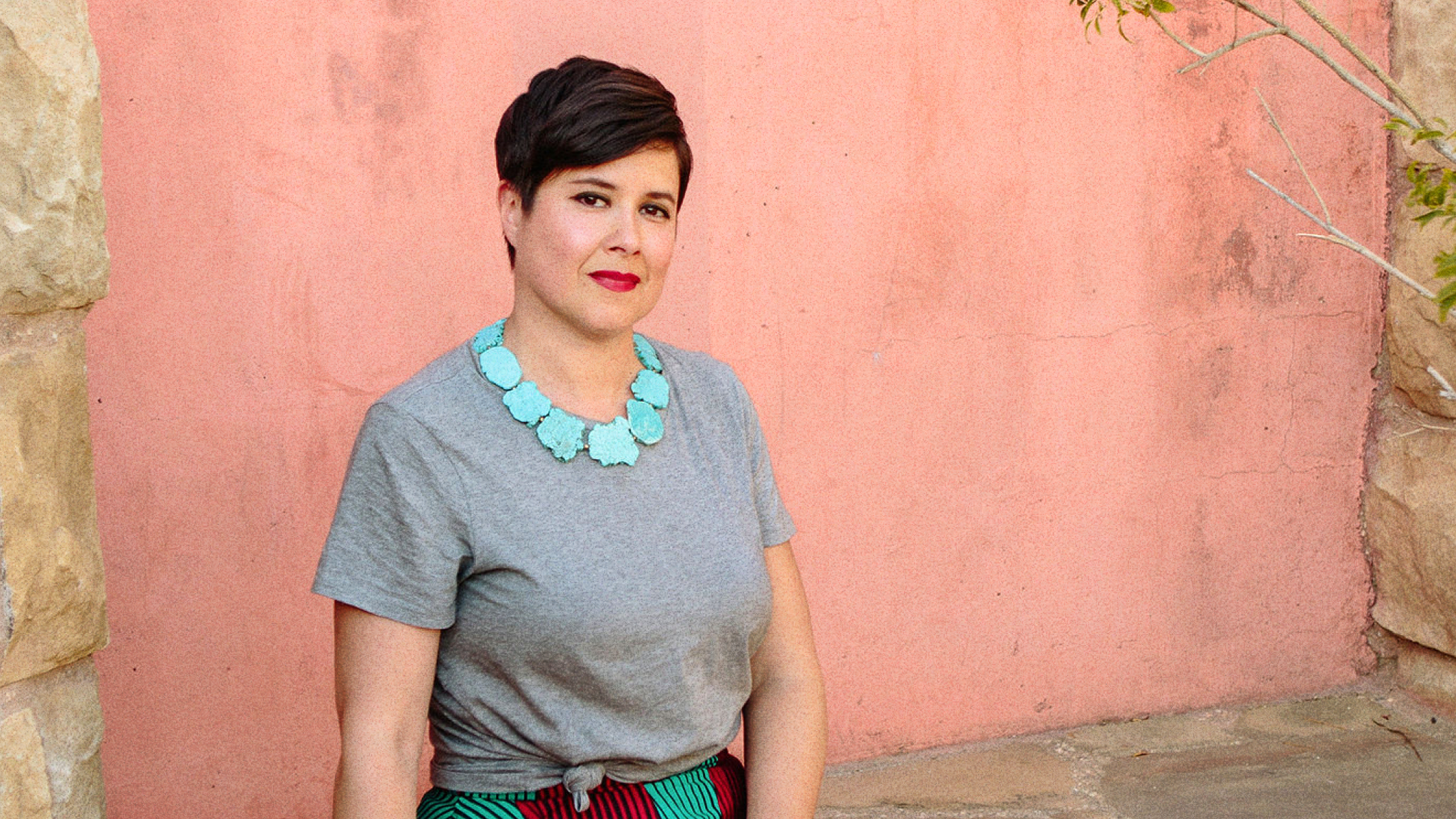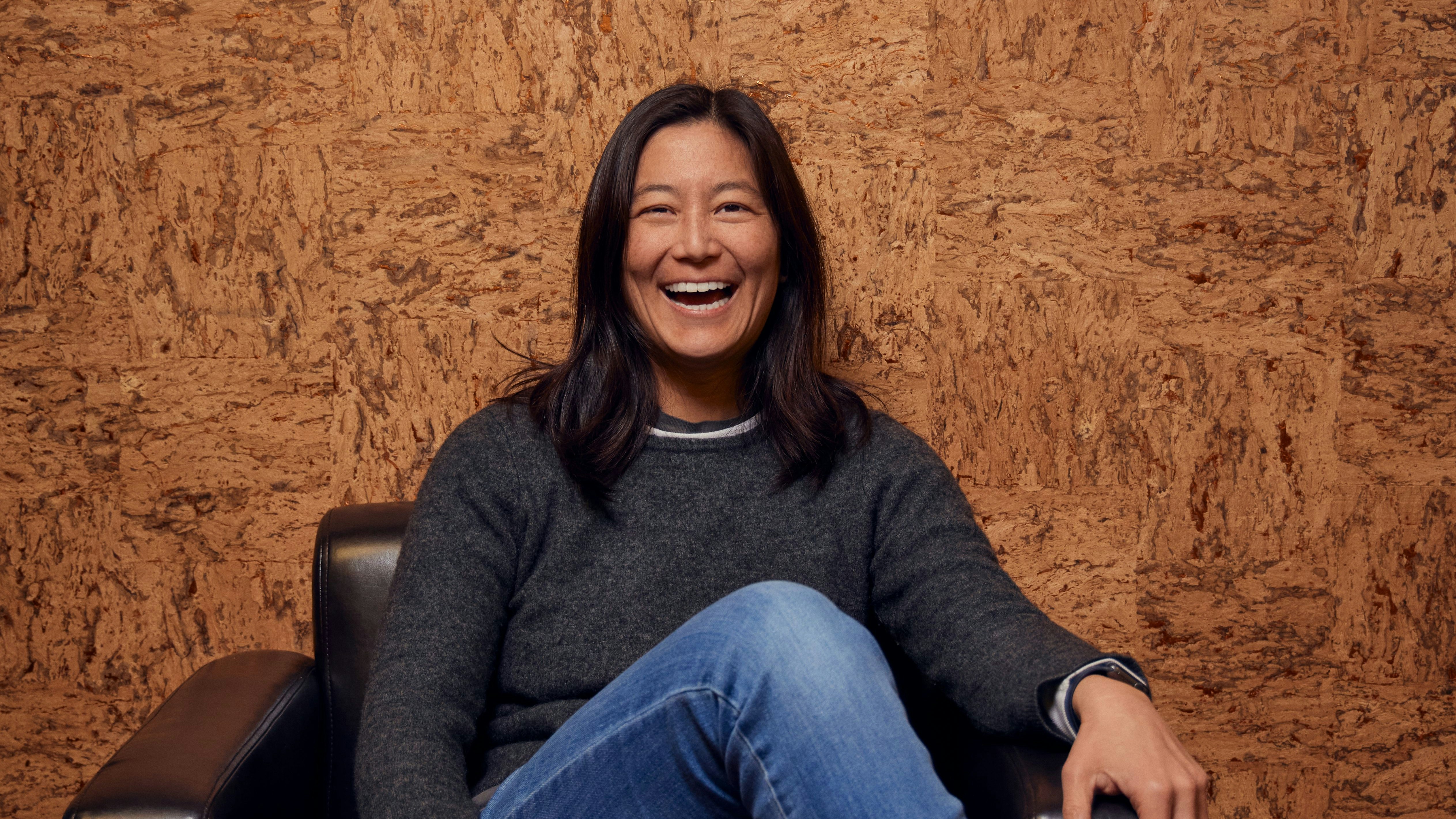Look up to see the sky
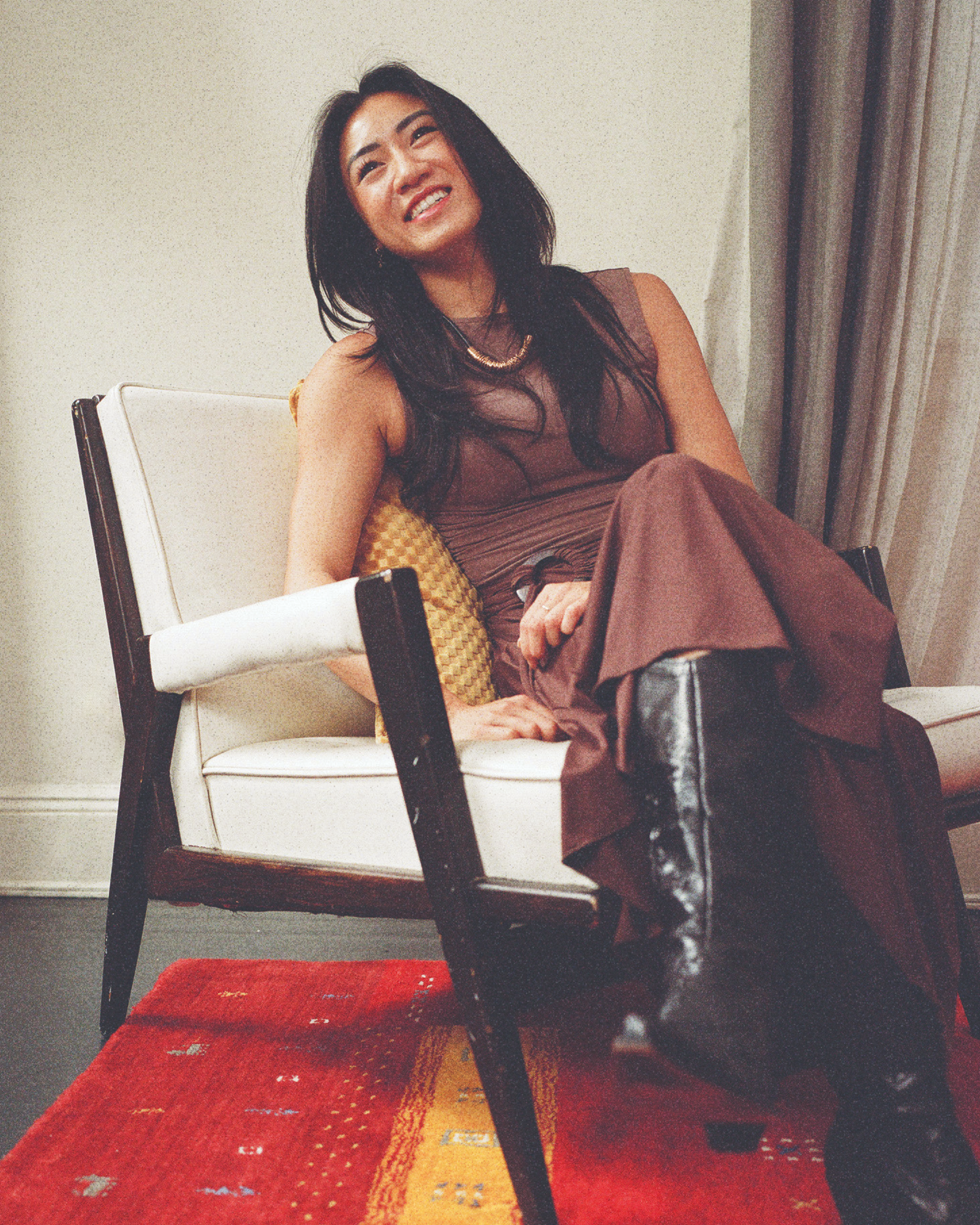
In the day-to-day intensity of building a business, founders often find themselves caught between two extremes: getting lost in the weeds of daily operations or floating so high above the work that they feel at risk of losing touch with what actually drives results. Vanessa Pham, co-founder of Omsom, learned to navigate this tension by developing what she calls an “abundant mindset” — one that allows leaders to zoom out from a contracted state of stress to a more expansive one where the bigger picture crystallizes.
Along with her sister Kim, Pham built Omsom into a “proud and loud” brand that took Asian flavors to major outlets like Whole Foods, Sprouts, and Target before selling to DayDayCook in 2024. Now, as a leadership coach for founders, Pham works with many people who are trying to figure out when to pull back from urgency and reconnect with clarity. As she puts it, it’s about finding the moment to “look up and see the sky.”
Interview has been lightly edited for clarity and brevity.
Sid Orlando: Tell us about your journey this year, and what led you to where you are today.
Vanessa Pham: Being the daughter of Vietnamese refugees plays a huge part in how I see the world. Before Omsom, I was living out the stereotype of being a risk-averse daughter of immigrants — I held the stories of my parents’ sacrifice with such gratitude, and almost an obligation to create safety for myself.
So I went to Harvard then took a job as a management consultant. But after about 18 months, I started thinking more abundantly about what my life could look like, and started making decisions from a place of “what’s my personal mission” versus “how can I de-risk my life.”
That’s what led me to start Omsom, a “proud and loud” Asian food brand that I launched with my sister in May of 2020. “Omsom” in Vietnamese means rowdy, rambunctious, riotous — and it was our middle finger to the model minority myth. We built a deeply loyal community, took it national to Whole Foods, Sprouts, and Target, and sold the company in June of 2024.
Read more stories like this one in Meridian: Details — on the subtle choices that shape how ambition comes to life.

SO: What were the earliest stages of building Omsom like for you?
VP: Every day felt totally different. Some days, Kim and I were just dreaming endlessly of what we could possibly build, all the impact we could make, all the narratives that we would shift. But since we hadn’t built much yet, some days that could totally flip on its head and we’d be like, “Oh my God, we’re never going to get anywhere on this. This is never going to come to fruition.” In the end, we built exactly what we said we were going to build.
I... started making decisions from a place of ‘what’s my personal mission’ versus ‘how can I de-risk my life.’
During the first year, there were many day-long phases where we thought we should pivot and just start something else. It was a wild time! Lots of existential questions around what the business would become. Looking back, I feel like we had our hands up on the roller coaster and in a way we were just along for the ride — but that allowed us to really ride the ups and downs of the beginning, the uncertainty, the big questions.
SO: As you scaled Omsom, how did you decide which details to preserve and which to adapt?
VP: We had to grapple with being more accessible and inviting while staying true to our values. The clarifying force was recentering in our mission: to honor Asian American cuisines and identities through food. We were very nuanced about every dimension and kept our mission in focus. The places where we did not compromise — our flavors, our visual identity, our storytelling — all of that was always proud and loud, dialed up to the highest degree.
But on the dimensions that were more practical, like the naming of the product and instructions, we were willing to meet people where they were. For example, we added “Smoky Korean BBQ Marinade” in addition to saying “Spicy Bulgogi” to help people understand what they were buying if they hadn’t tried bulgogi before. But we didn’t change the flavors or formulation because we wanted to challenge people on that front. That took an abundant mindset — trusting that people could rise to the challenge rather than dumbing things down.

SO: Let’s zoom in on that. You've talked about abundance and equanimity as part of your leadership manifesto. How do you see these concepts fitting into a startup ecosystem that often glorifies scarcity and hustle culture?
VP: The founder journey constantly puts pressure on our nervous system. When overworked, we go into a “contracted mindset” where we’re in a hypervigilant state. We only see problems, that becomes overwhelming, and we start to think in small ways that harm us and others.
When I highlight abundance and equanimity, I mean creating space to regulate our nervous systems — to come back to a place where we can be creative, where we can look up and see the sky. That feeling when you feel open and safe allows us to approach business stresses from a place of possibility, self-trust, and clarity.
Embracing abundance and equanimity in your mindset can actually help you achieve resourcefulness and efficiency in your operations. I don’t believe in hustle culture, but I do believe in operating a business efficiently. The best path to that is through fostering an abundant mindset.
SO: You've described yourself as a “high performer who feels deeply.” When did you start to see these qualities as complementary strengths?
VP: I see it as two parts of my journey: before and after accepting this part of myself.
Pre-realization, I made myself wrong for having emotions, thinking leaders are rational, not sensitive or empathetic. They make unfeeling decisions ruthlessly for the business. So I pushed my emotions down, which never works.
When I finally accepted this part of myself, I quickly saw it turn into a superpower. When emotions came from scarcity, I created space for them and released them. But when they were emotions that were deeply inspiring — allowing me to connect with an audience, a buyer, an investor — I saw them light up. It absolutely is a superpower that can inspire teams and communities. But it has to be worked with, nurtured, and directed.
When I highlight abundance and equanimity, I mean creating space to regulate our nervous systems — to come back to a place where we can be creative, where we can look up and see the sky.
SO: Building on those feelings, what patterns have you seen in where founders get stuck during their own journeys?
VP: We tell ourselves a lot about who we are and what value we bring to the world. Sometimes we have to evolve those ideas and loosen the attachments to them so that a founder can be more honest with themselves and can ride the waves without the added suffering of thinking, “Who am I without my company, or without this other thing?” Those narratives are actually very restricting.
We want to become aware of those stories we tell ourselves about who we are and what value we bring to the world. For example, a painful experience for a consumer founder might be working two years towards building a product, only to get rejected from their dream retailer. If that founder holds a narrative like “I’m an incredible salesperson,” when they get that rejection, it might take them out from under their knees.
But if we can hold that narrative less tightly, the founder might see the situation more clearly: “This is actually feedback on our packaging, not about me. Or maybe it’s partially about me and I can work on that, but with more grace for myself.”
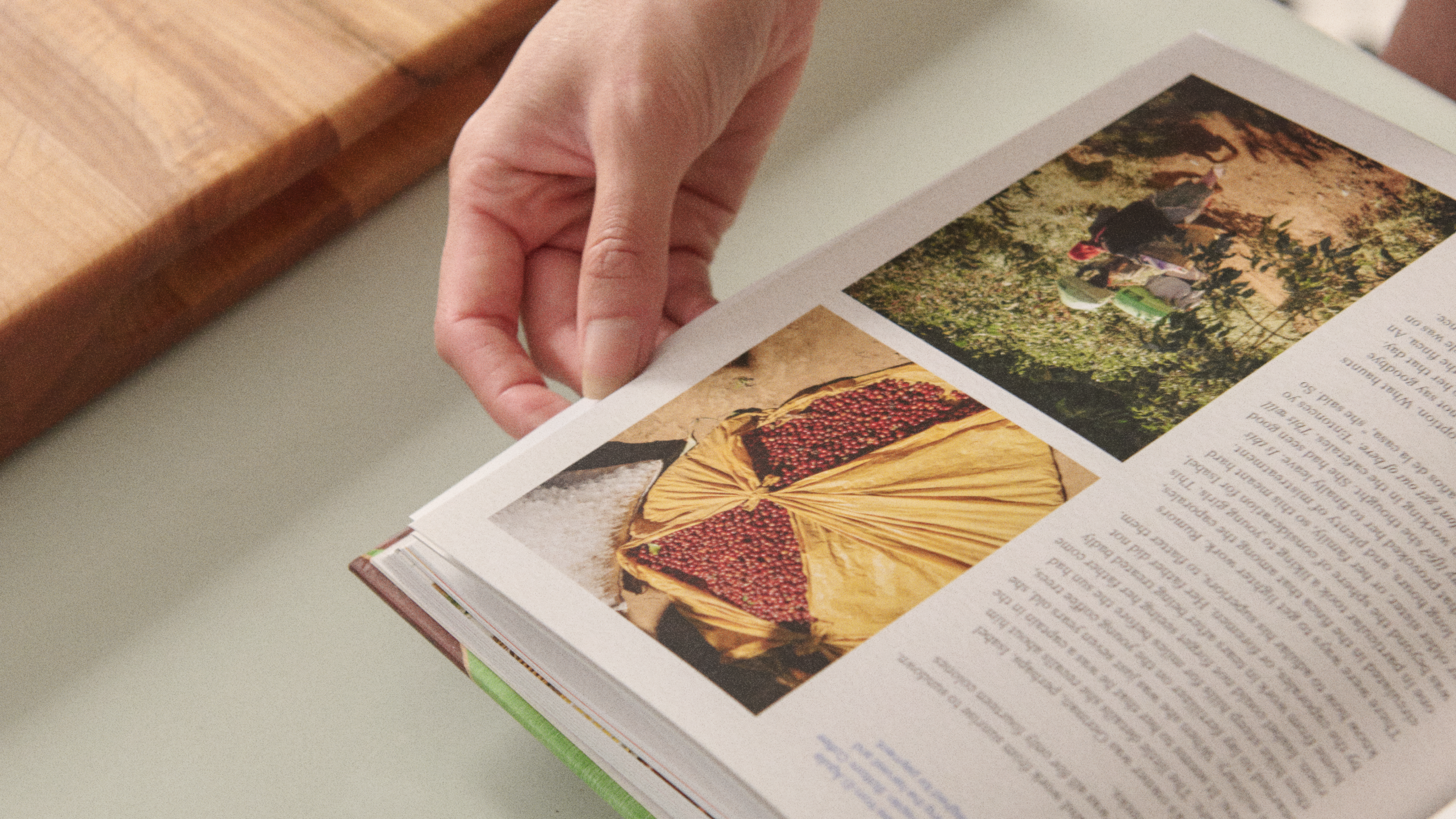
SO: Throughout your journey, is there a skill you intentionally didn’t build?
VP: I’ve never had any public speaking or PR training! I’ve found that actually being deeply present in every conversation is where the truth and the magic and the wisdom lives. I don’t want to be spitting talking points out, and I don’t think that’s what inspires people. I always speak from the heart.
SO: What words of advice would give you a founder that you wish you’d learned earlier?
VP: Let go of the relentless pursuit of “the single right answer” to your business problems. This idea that there’s one right answer and that a leader should be the one to know it — this is a myth and is the fastest way to squash original thinking. It restricts your ability to be innovative and creative, and hamstrings your ability to get in touch with your gut. Instead, balance analysis with intuition, and remember that what worked a year ago probably won’t work today. Build that connection to your gut feeling.
A version of this interview was printed in “Spheres of Thought,” a resource kit distributed at Mercury Spheres.
